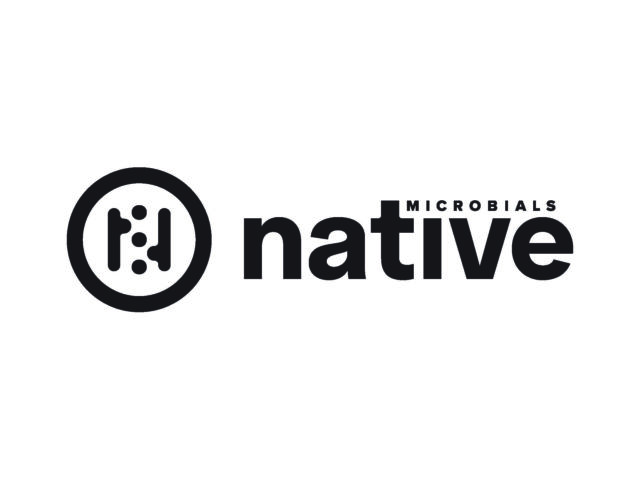Since I have been home from New Zealand and back in the rhythm of farming, work and engaging in the ag community in Montana, there has been a lot of time to think about how New Zealand is different than here. The first question other dairy farmers ask when we talk about New Zealand is: “How was it?” or “What did you think?”
The short answer is that life as a dairy farmer on the other side of the planet is very different. And it is much the same. The stress of money. Worrying about cows and calves. Staffing issues. Breeding. Taking care of the kids and family. The environment. Milk prices. China.
So what has risen to the top as being different if so much is the same? Over time it has become clear to me that the primary differences are New Zealand’s social aspects of farming and how farmers interact with each other, the community and the nation as a whole.
Every farmer I spoke with, regardless of scale, talked about the importance of social networks. DairyNZ, the largest and most active dairy research and support group in New Zealand, is almost entirely farmer-funded.
All of the farmers I spoke with mentioned the importance of the DairyNZ network, whether it was connecting with other neighboring farmers, figuring out how to solve on-farm problems with experts or meeting representatives from banks, input companies or agriculture policy groups.
The amount and variety of opportunities for farmers to get together to share expertise, discuss farming issues or just to relax was something that was quite surprising. In my experience in the U.S., these kinds of groups tend to focus on beginning farmers if they exist at all.
In New Zealand, a wide range of folks were represented, from farm owners to wage laborers, which allowed for conversations, education and networking to happen across age and experience levels. Local discussion groups happen on a monthly basis, with other meetings or farming expos occurring regularly throughout the year.
One farmer said to me, “I find discussion groups quite good because you always learn something from other farmers who are doing something differently. It might not work the way they are doing it; you can make it work your way.”
Nearly all farmers I met with also have a strong team of experts within the industry who provide them with specific information about successful management strategies. Many farmers discussed the importance of their industry experts in guiding their decision-making.
One farm couple, who operate two separate dairy farms, mentioned, “We use the vets, industry programs from DairyNZ; we have a farm consultant, particularly on the other farm. Pretty much monthly, we sit around the table … We have every farming magazine and paper that is produced come through our door … So yes, the vet, a very good agronomist with the seed merchant, and if there is a field day, we usually go.”
The strength of the social and knowledge networks is an incredible backbone for individual farmers to rely on during stressful times and for the industry as a whole to withstand negative public perceptions.
Just like in the U.S., New Zealand dairy farmers are finding themselves under frequent attack about the environment, animal welfare and other social issues. As dairy farming has grown in scale and become much more of a presence across the entire nation, swings in public opinion have a direct effect on farmers and the entire industry.
One dairy farming couple explained to me that they no longer tell people they are dairy farmers because of the negative reactions they received; now they simply say they are “in agriculture.” About a decade ago, one of New Zealand’s major environmental groups ran a campaign that labeled the industry as “dirty dairying,” and that name has stuck fast.
To this day, environmental issues, whether they actually relate to farming or not, are blamed on “dirty dairying.” Television news stories covering the latest on dairy and the environment only serve to continue the life of that campaign; often, the footage they were showing of dairy cows standing in rivers were actually beef cows, but the public did not make the connection and dairy farmers continue to shoulder the blame.
The other side of the coin of negative public opinion is that government officials are being asked to understand and regulate the quickly evolving dairy industry. As public outcry has increased, national government leaders have mandated that regional councils (with powers similar to that of U.S. states) create management strategies for water quality, dairy effluent and water use.
Farmers frequently mentioned the frustration they felt with their regional council because it was clear that they did not understand dairy systems or their effect on the environment.
One farmer, who has tried to stay ahead of the ball by implementing water-protecting measures early, noted, “As far as our impact on the environment, they have got quite clear goals about what they want to achieve.
But there is not a lot of science in there to actually see where we are at the moment. So we have these rules in place, and targets, but the science and the sampling and markers telling us where we are at, are left behind really … What frustrated us recently was that we put a new pond in and none of them had a clue about it.
And you felt that they didn’t know anything about it. They didn’t even know about the pumps; they had never seen one before. And you think, surely if it is your job, you should know a bit more about it and what is around.”
The public and the regional council together cause some farmers additional stress because anybody can call in and report a farmer for “non-compliance.”
If an effluent sprinkler breaks down in the field, if cows are standing in too much mud, or if they break out of the fence into a waterway, anyone can call the regional council to report the farmer. In many cases, the farmer might be taken to court for an issue not caused by negligence but rather because unforeseen events are in the nature of farming.
Those farmers who are located on a main road reported much higher levels of concern about this, as one farmer explained. “The problem I’ve got is that I am on a main road, and as everyone drives past, they look over the fence. I’ve got friends who live well and truly off the main road, and they can get away with murder.
If my irrigator stops and leaves a black patch in the middle of a paddock, they can see it from the side of the main road, but these guys way out in the back blocks, if their irrigator stops, no one can see it. [The council is] always on the back of your mind.” Fines can reach $40,000 to $50,000, result in a criminal conviction and can financially and mentally break a farm family.
The most troubling effect of the stresses placed on family farmers in New Zealand is that dairy farmers have one of the highest suicide rates in the country. The strength of social networks helps many farmers cope with the ups and downs of farm life, and dairy support agencies are stepping up their outreach to offer mental health services.
Several farmers talked about the neighbors they were concerned about and how they made concerted efforts to offer help, particularly during times of additional stress like price swings or bad weather events. By openly talking about mental health, New Zealand’s dairy industry is strides ahead of the U.S., where we know farmer suicides happen but there is little to no discussion about causes and prevention.
While many aspects of farm life are similar in the U.S. and New Zealand, there are several key differences that set the industries apart. Farmers in both countries can learn lessons and strategies from each other, and help contribute to a vibrant, successful dairy industry on both sides of the Pacific. PD
Laura Ginsburg is newly back from New Zealand on a Fulbright studying dairy policy and farmer decision-making. She wrote her master’s thesis on Montana’s supply management system.





